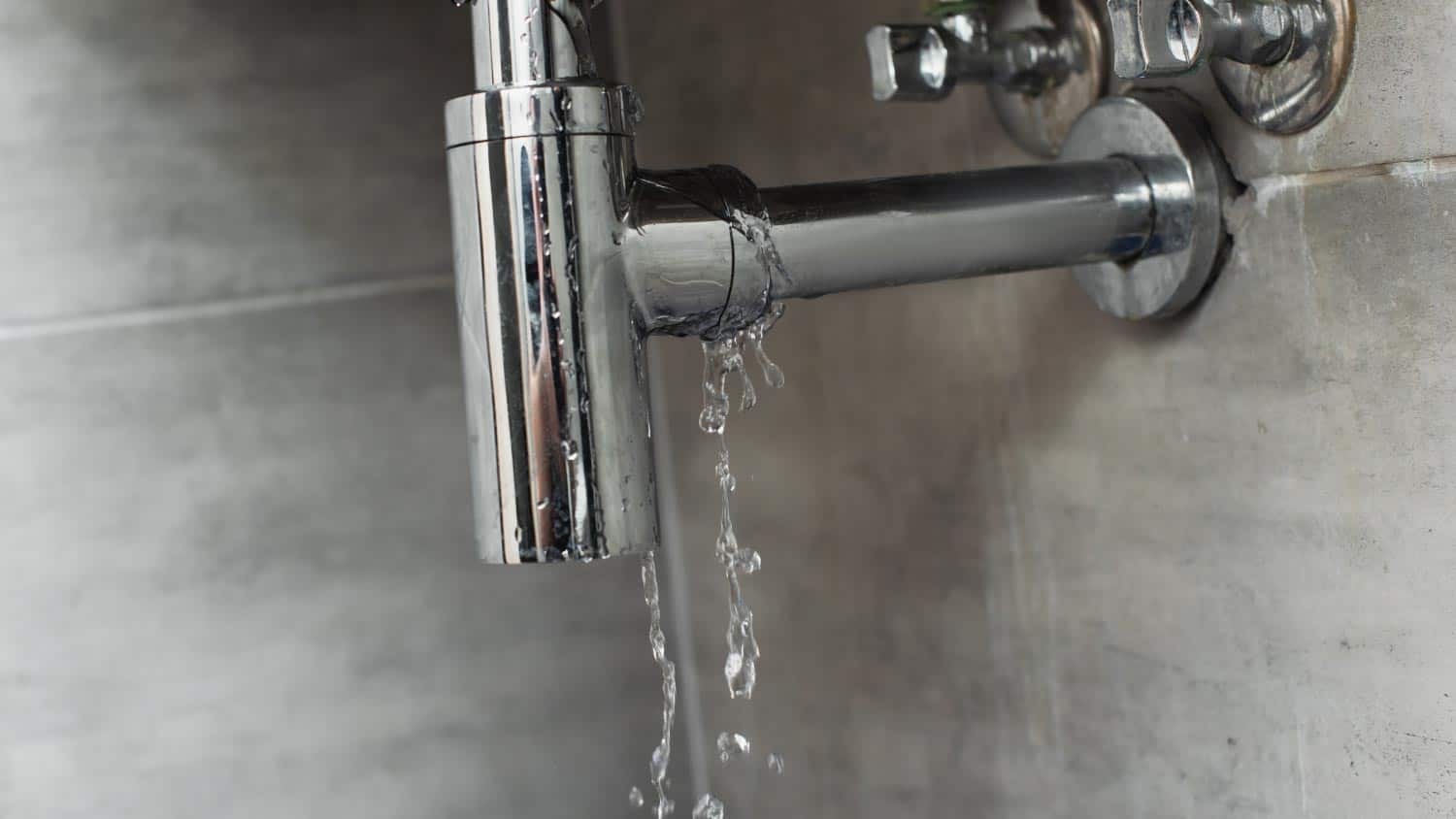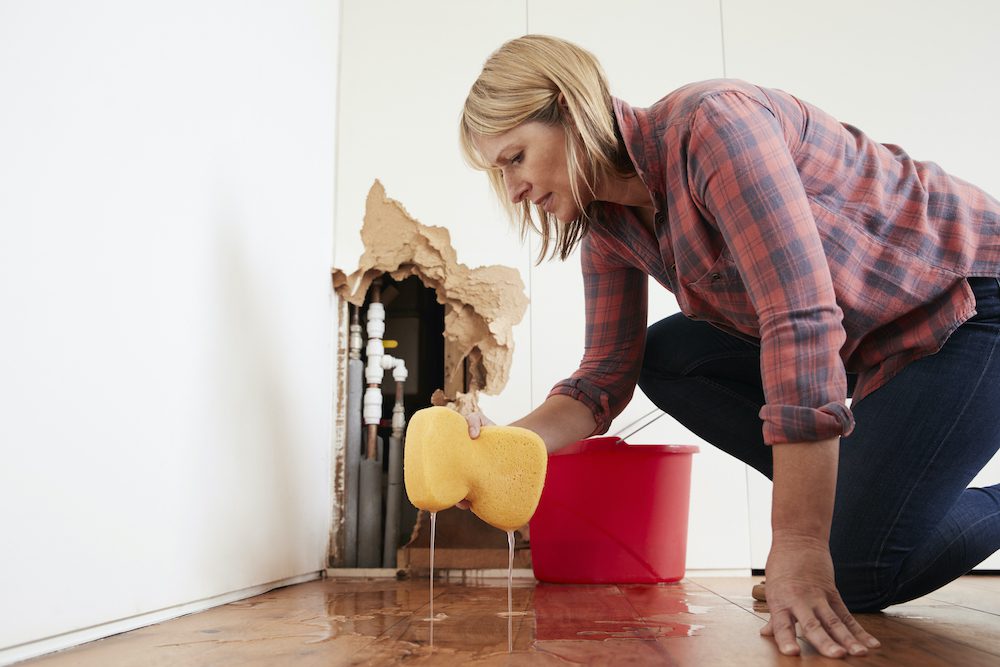The writer is making a number of great pointers on Detecting hidden plumbing leaks in general in the content on the next paragraphs.

Early detection of leaking water lines can reduce a potential disaster. Some little water leaks may not be visible.
1. Examine the Water Meter
Inspecting it is a proven means that assists you find leaks. If it moves, that indicates a fast-moving leak. This means you may have a slow-moving leakage that can also be below ground.
2. Inspect Water Consumption
If you identify abrupt changes, regardless of your consumption being the same, it suggests that you have leaks in your plumbing system. A sudden spike in your expense shows a fast-moving leak.
Meanwhile, a constant rise every month, despite having the same behaviors, shows you have a sluggish leakage that's likewise gradually intensifying. Call a plumber to completely inspect your residential property, specifically if you really feel a warm location on your floor with piping below.
3. Do a Food Coloring Test
When it pertains to water consumption, 30% originates from commodes. Examination to see if they are running correctly. Drop specks of food shade in the container and wait 10 minutes. If the shade somehow infiltrates your bowl during that time without flushing, there's a leak in between the storage tank and bowl.
4. Asses Exterior Lines
Do not forget to examine your outside water lines also. Should water seep out of the connection, you have a loose rubber gasket. One tiny leak can throw away lots of water and increase your water expense.
5. Evaluate and Evaluate the Circumstance
House owners should make it a routine to examine under the sink counters and also also inside cupboards for any type of bad odor or mold development. These two warnings indicate a leak so punctual attention is required. Doing routine inspections, also bi-annually, can save you from a major problem.
Check for discolorations and also weakening as many pipelines and devices have a life expectancy. If you presume leaking water lines in your plumbing system, do not wait for it to intensify.
Early detection of dripping water lines can reduce a possible disaster. Some tiny water leakages may not be visible. Examining it is a guaranteed method that aids you find leaks. One little leak can throw away heaps of water and surge your water costs.
If you suspect dripping water lines in your plumbing system, do not wait for it to rise.
5 Signs that Your Home Has a Hidden Leak
Your water bill is unusually high without explanation
Generally, your water bill tends to stay consistent throughout the year as long as the same number of people live in your household year round. The bill might be higher during certain times of the year, such as summer, when your lawn may require more watering than it does in cooler months. However, if you notice a rise in your water bill that you can’t explain, it’s an indicator that there’s a hidden leak somewhere in your home.
You hear running water
One of the biggest signs that you have a water leak is the sound of rushing water when no plumbing fixtures are on and when no water-using appliances are running. If you hear running water in your walls when no water is being used anywhere in your home, locate your home’s main water shut-off valve, shut off your water supply, and contact a plumber at once.
Your home smells musty
Hidden leaks often occur in dark spaces, such as behind walls or under carpeting. Incidentally, darkness and moisture can create an ideal breeding environment for mold or mildew. If you start to smell mildew or the scent of rotting wood or stagnant water around your home, it’s a fair bet that a leak is the culprit.
You find wet spots around your home
The wet spots usually show up as moist areas in your carpeting. If your home has a basement level, puddles on the floor could indicate a slab leak. Outside, unexplainable puddles or lush, green patches in your yard often mean that there’s a leak in your sewer line or main water line.
You have stains, bubbles, or condensation on your walls/ceiling
Stains or condensation on your walls or ceiling are both major signs of a hidden leak. Also, drywall (AKA. sheetrock) is very absorbent, and as it takes on more water from a leak behind a wall, it will start to bubble, swell, or warp. If you see this happening in your home, don’t wait to contact a plumber before the water damage spreads.
https://www.ezflowplumbingaz.com/blog/2019/june/5-signs-that-your-home-has-a-hidden-leak/

Hopefully you enjoyed reading our post about Locating water leaks. Thanks so much for spending some time to browse our short article. Enjoyed our piece of writing? Please share it. Let others check it out. Thank-you for your time invested reading it.
Professional-grade solutions.